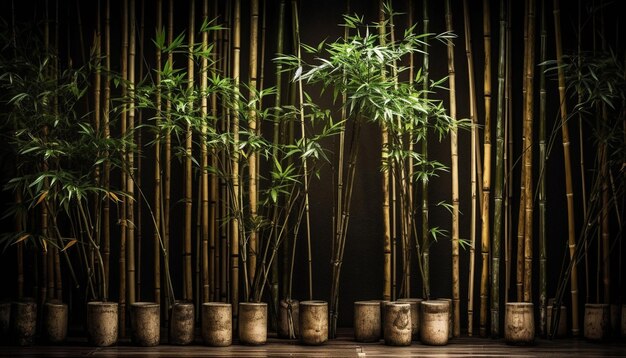Introducing Japanese Garden Plants
Japanese gardens are renowned for their exquisite beauty, tranquility, and unique design elements. At the heart of these serene landscapes lie the meticulously selected and thoughtfully placed Japanese garden plants. These plants play an integral role in creating the harmony and balance that these gardens are famous for.
The Aesthetic Essence of Japanese Gardens
Japanese gardens are more than just collections of plants; they are living works of art that embody the principles of harmony, balance, and simplicity. The plant selection in a Japanese garden is purposeful, with each species contributing to the overall aesthetic. These gardens often feature a blend of evergreen and deciduous plants, creating a dynamic and changing landscape throughout the seasons.

Top 9 Japanese Garden Plants for Lasting Beauty
- Sakura Trees (Cherry Blossoms) Sakura trees are synonymous with Japanese culture, symbolizing the fleeting beauty of life. Their delicate pink and white blossoms transform gardens into ethereal wonderlands each spring.
- Maple Trees Maple trees offer stunning foliage that changes color with the seasons. From vibrant greens in the spring and summer to fiery reds and oranges in the fall, maples provide a visual feast.
- Bamboo Bamboo is a quintessential Japanese garden plant, representing flexibility and resilience. Its graceful canes rustle in the wind, adding both visual and auditory appeal.
- Japanese Pine Trees Prized for their elegant form, Japanese pine trees evoke a sense of ancient tranquility. Their twisted branches and evergreen needles make them iconic elements in any Japanese garden.
- Azaleas Azaleas burst forth with vibrant blooms in shades of pink, red, and white. These flowering shrubs add a pop of color and texture to the garden landscape.
- Japanese Maple The Japanese maple is a small tree known for its intricately shaped leaves and striking colors. It’s often used as a focal point, adding a touch of sophistication to the garden.
- Camellias With their waxy, lustrous blooms, camellias bring elegance to Japanese gardens. They bloom in late winter to early spring, providing a burst of color during the cooler months.
- Moss Moss is a ground cover that thrives in the shade, adding a velvety green carpet to pathways and stone arrangements. Its presence lends a sense of age and tranquility to the garden.
- Japanese Irises Japanese irises boast large, showy flowers that come in a range of colors. Their striking appearance adds drama to water features and pond edges.
Cultivating and Caring for Your Japanese Garden Plants
Creating and maintaining a Japanese garden requires careful attention to detail. Regular pruning, watering, and fertilizing are essential to keep these plants healthy and vibrant. Additionally, understanding the specific needs of each plant species ensures they thrive in your garden’s unique environment.
In conclusion,
Japanese garden plants are the soul of these captivating landscapes, imbuing them with a sense of serenity and beauty that transcends time. By carefully selecting and tending to these plants, you can create your own haven of tranquility that mirrors the elegance of traditional Japanese gardens.




